This silver mine preserves two features of bygone practice. One is the reversible waterwheel of the ore-hoist, which originally was installed in 1565 and currently dates back to 1824. The present wheel is 9 meters in diameter and reaches a depth of 700 meters.
Minerals Extraction & Refining

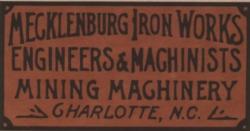
The first authenticated discovery of gold in the U.S. occurred on the Cabarrus County farm of John Reed in 1799, sparking the nation's first gold rush. During its peak years, more than a million dollars of gold was recovered a year, making North Carolina a leader in gold production until 1848. This mill, built by the Mecklenburg Iron Works of Charlotte, North Carolina, is original except for the timber work. Two groups of five 750-pound stamps with 5- to 7-inch lift, rose and fell thirty-five times a minute to yield a finely crushed ore.
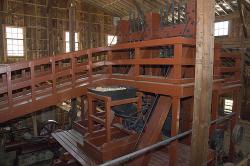
The first authenticated discovery of gold in the U.S. occurred on the Cabarrus County farm of John Reed in 1799, sparking the nation's first gold rush. During its peak years, more than a million dollars of gold was recovered a year, making North Carolina a leader in gold production until 1848. This mill, built by the Mecklenburg Iron Works of Charlotte, North Carolina, is original except for the timber work. Two groups of five 750-pound stamps with 5- to 7-inch lift, rose and fell thirty-five times a minute to yield a finely crushed ore.
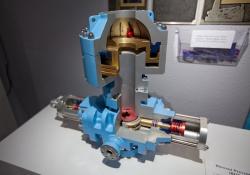
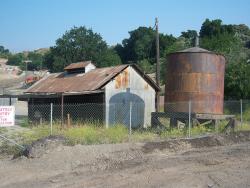
The economic situation in the whale oil business (for lighting), coupled with the increased demand for lubricants, stimulated growth in the U.S. petroleum industry. The drilling of the heavy, sulfurous, and asphaltic California crude began in the 1870s at the Pico Canyon area, using the apparatus and techniques from Titusville, Pennsylvania, developments.


Prior to 1909 the traditional fishtail bit scraped the rock and quickly dulled in service. The Hughes two-cone bit's revolutionary rolling action crushed hard-rock formations with twin cone-shaped, hardened steel bits, each with 166 cutting edges, revolving on bronze bearings shaped to provide a large surface with reduced friction.

The Hanford B-Reactor was the first plutonium production reactor to be placed in operation. Its success made possible the subsequent development of atomic energy. The research work, engineering, and planning required to make the reactor operate is one of our most advanced achievements. Much of the reactor core, cooling system, shielding, and auxiliary systems were designed by mechanical engineers.
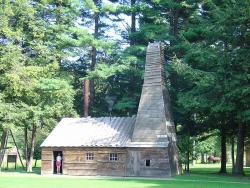

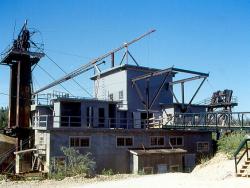
This floating dredge is one of the last mammoth gold dredges in the Fairbanks Mining District that traveled an ancient stream bed, thawing the ground ahead of it and scooping up the gravel. During 32 years of operation, a fortune in gold washed through its sluices. Ladder dredges came to Alaska…
Read More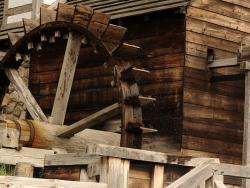
The Saugus Ironworks, the first commercial ironworks in North America, was an impressive technological achievement for an early colony. The same basic processes are used today: reducing iron oxide with carbon to produce metallic iron that can be cast in a mold, producing wrought iron by puddling…
Read More
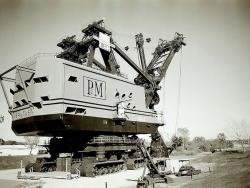

This compressor was a product of the combined technology and design heritage of both the C. & G. Cooper Company of Mount Vernon and the Bessemer Gas Engine Company of Pennsylvania, which had merged in 1929. Ralph L. Boyer, the chief architect of the GMV, worked for Cooper-Bessemer from 1926…
Read More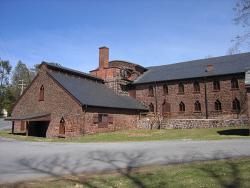
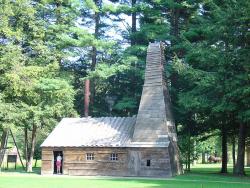
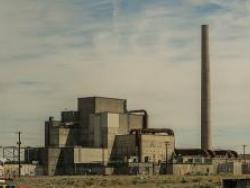
The Hanford B-Reactor was the first plutonium production reactor to be placed in operation. Its success made possible the subsequent development of atomic energy. The research work, engineering, and planning required to make the reactor operate is one of our most advanced achievements. Much of…
Read More
Prior to 1909 the traditional fishtail bit scraped the rock and quickly dulled in service. The Hughes two-cone bit's revolutionary rolling action crushed hard-rock formations with twin cone-shaped, hardened steel bits, each with 166 cutting edges, revolving on bronze bearings shaped to provide a…
Read More
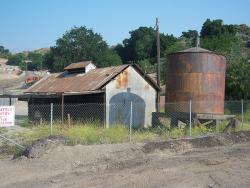
The economic situation in the whale oil business (for lighting), coupled with the increased demand for lubricants, stimulated growth in the U.S. petroleum industry. The drilling of the heavy, sulfurous, and asphaltic California crude began in the 1870s at the Pico Canyon area, using the…
Read More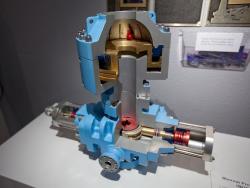
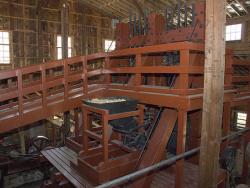
The first authenticated discovery of gold in the U.S. occurred on the Cabarrus County farm of John Reed in 1799, sparking the nation's first gold rush. During its peak years, more than a million dollars of gold was recovered a year, making North Carolina a leader in gold production until 1848.…
Read More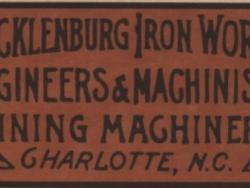
The first authenticated discovery of gold in the U.S. occurred on the Cabarrus County farm of John Reed in 1799, sparking the nation's first gold rush. During its peak years, more than a million dollars of gold was recovered a year, making North Carolina a leader in gold production until 1848.…
Read More
This silver mine preserves two features of bygone practice. One is the reversible waterwheel of the ore-hoist, which originally was installed in 1565 and currently dates back to 1824. The present wheel is 9 meters in diameter and reaches a depth of 700 meters.
Second, the man engine of…
Read More

